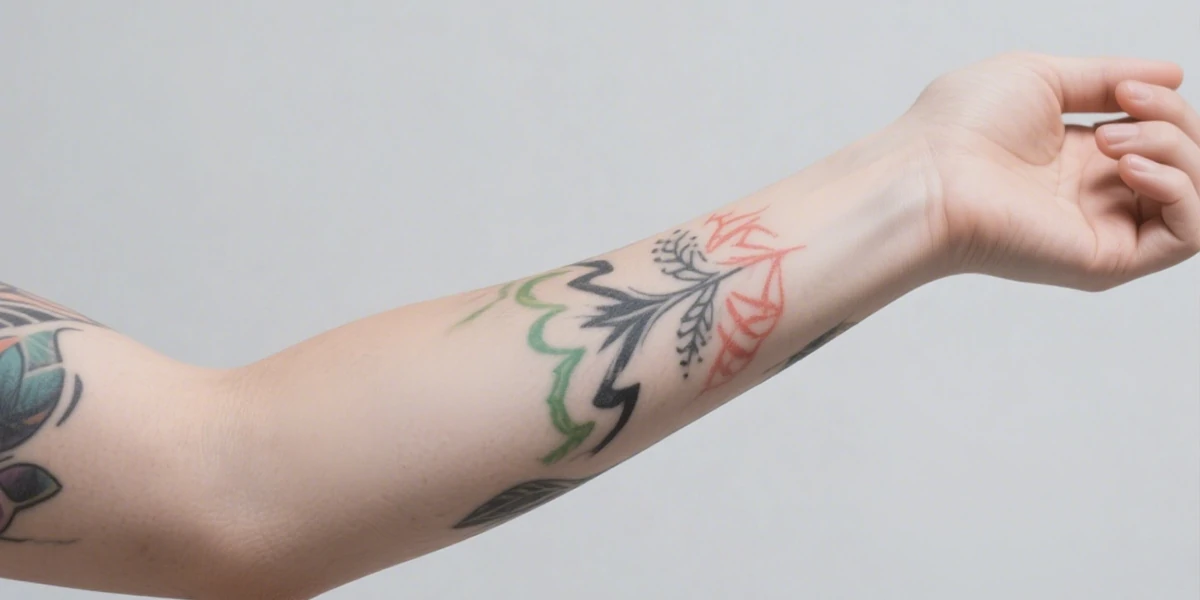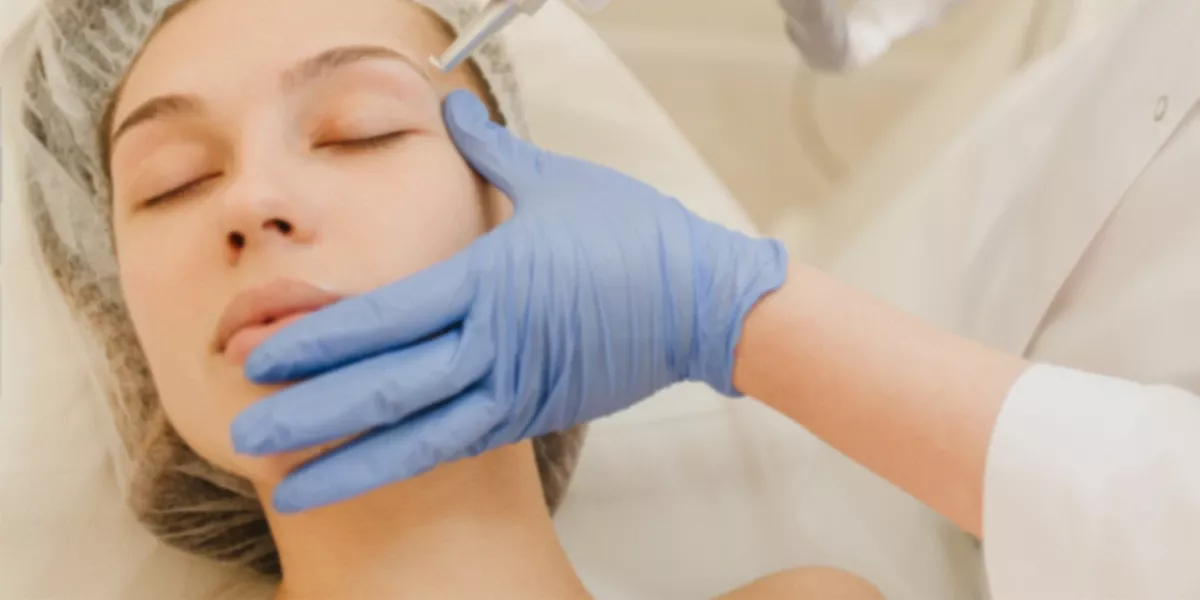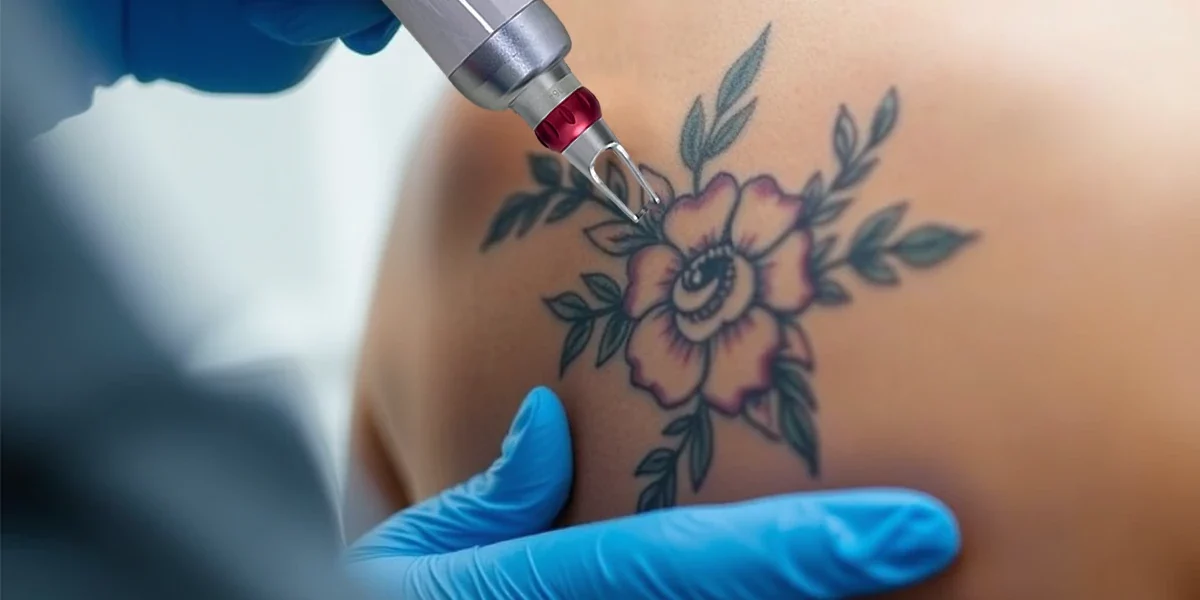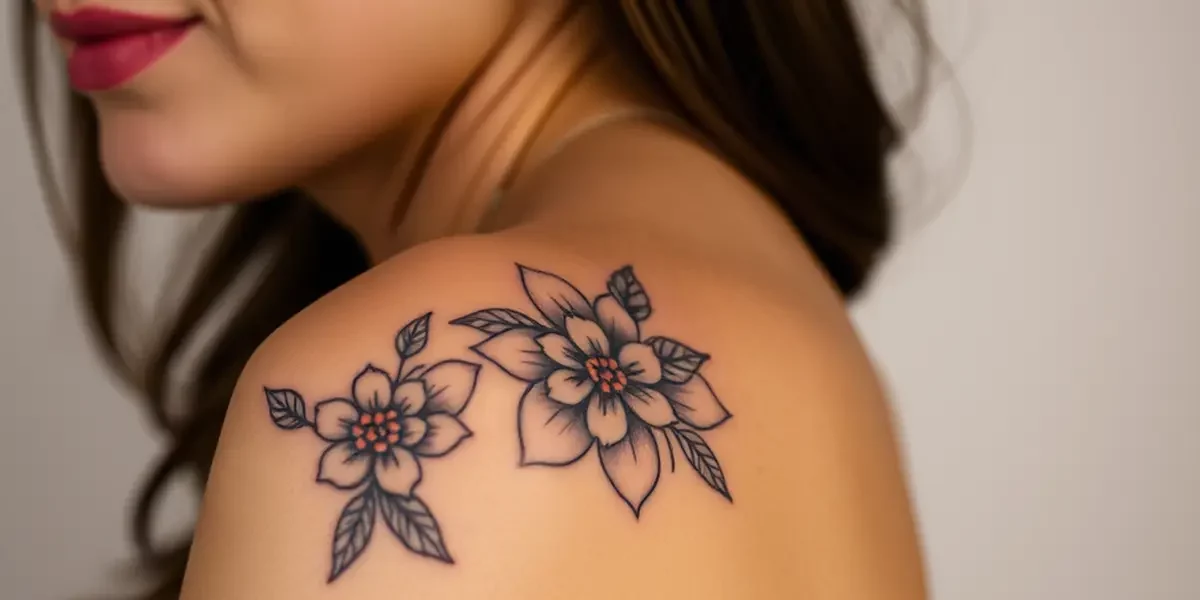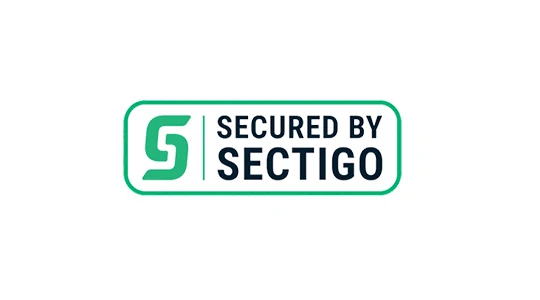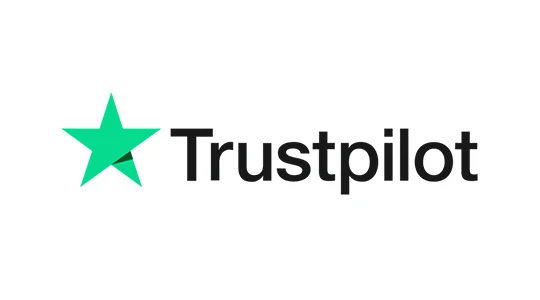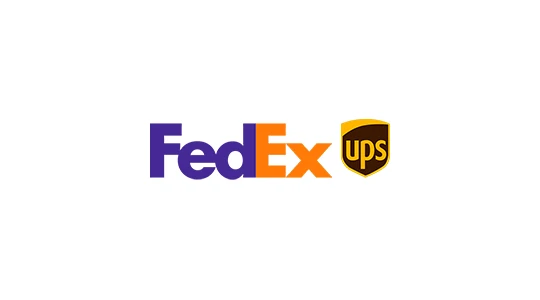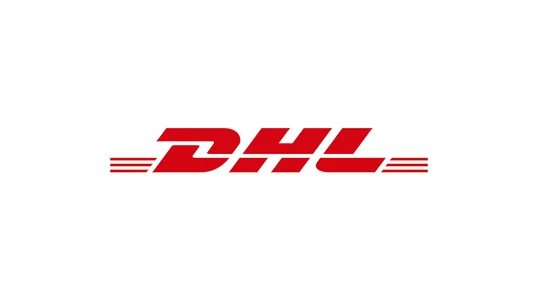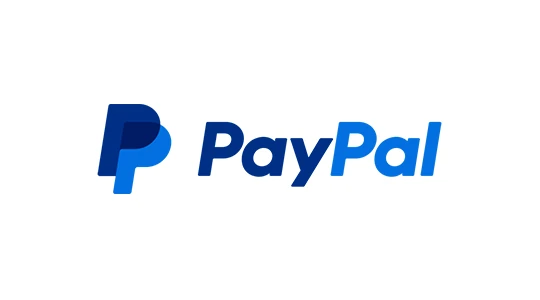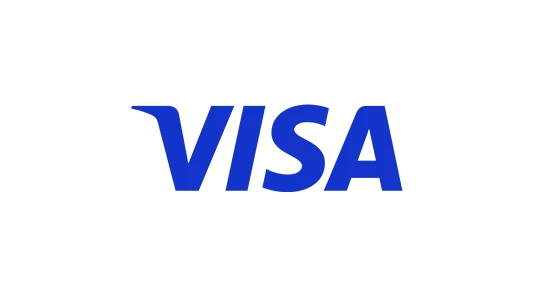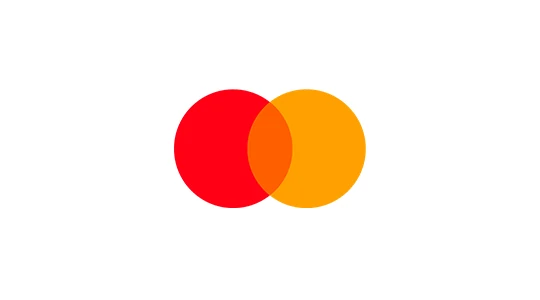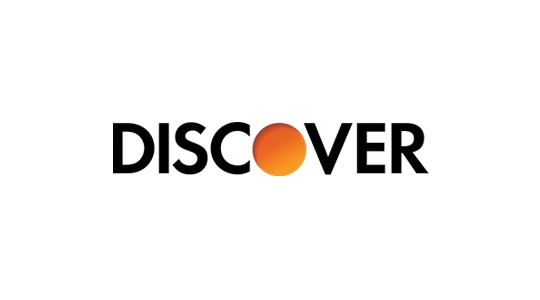Blog
Does Tattoo Removal Leave Scars?

The thought of removing an unwanted tattoo often comes with a bigger, more daunting fear: trading unwanted ink for a permanent scar. It’s the number one concern for anyone considering this procedure. The good news? With modern laser technology and the right professional care, the risk of scarring from tattoo removal has become incredibly low. A scar is no longer the expected outcome.
So, does tattoo removal leave scars? While the risk is not zero, it is highly preventable. This article will explore how today’s advanced laser tattoo removal works, what factors determine a scar-free result, and how you can ensure the best possible outcome for your skin. As innovators in the advanced beauty equipment industry, Tingmay is here to reveal the science and best practices behind safe, effective tattoo removal.
How Modern Laser Tattoo Removal Works (And Why It Prevents Scars)
To understand why modern methods are so much safer, it’s essential to know how they work. Unlike outdated, aggressive techniques like dermabrasion or surgical excision that physically damage the skin, modern lasers work with light and precision.
The Science Made Simple:
Professional laser tattoo removal, especially with Picosecond or Q-switched lasers, uses ultra-short pulses of specific light wavelengths. This light passes harmlessly through the top layers of the skin and is absorbed only by the tattoo ink particles. This intense absorption of energy causes the ink particles to heat up and shatter into microscopic fragments.
Once shattered, the body’s natural immune system, specifically scavenger cells called macrophages, springs into action. It identifies these tiny fragments as foreign waste and gradually clears them away through the lymphatic system. Each session breaks down more ink, causing the tattoo to fade over time.
The key to preventing scars is this selective process—the laser targets only the ink, leaving the surrounding skin tissue unharmed.
Does Tattoo Removal Leave Scars?
Achieving a smooth, scar-free result isn’t a matter of luck. It’s the outcome of four crucial elements working in harmony.
1. The Technology Used: Your First Line of Defense
The single most important factor in preventing scars is the quality and capability of the laser device. While scarring risks are generally low with modern methods, using an outdated machine or incorrect settings can deliver excessive heat to the skin, leading to thermal burns and permanent scarring. This is why choosing a clinic with state-of-the-art, professional laser equipment is non-negotiable.
To understand what makes a laser “safe,” it’s helpful to know the two main types of technology used in the industry today:
Q-Switched Lasers: For years, the Q-switched laser has been a highly effective workhorse in the tattoo removal industry. It works by emitting very short, intense bursts of light (in nanoseconds) that heat the ink particles and cause them to break apart. The core principle is targeting the ink without affecting the surrounding skin.
Picosecond Lasers: As a newer and more advanced technology, Picosecond lasers represent the gold standard for safety and efficiency. These devices fire laser pulses at an incredible speed (a picosecond, or one trillionth of a second). This speed is so fast that it creates a powerful photomechanical or “sound shockwave” effect, shattering the ink into much smaller, dust-like particles. The advantage is clear: it relies far less on heat, which significantly reduces the risk of thermal damage to the skin and often results in fewer treatment sessions.
Why Different Wavelengths Are Crucial for Safety
Beyond the pulse speed, the laser’s wavelength (measured in nanometers, or nm) is critical. Different ink colors absorb different wavelengths of light. Using the wrong wavelength on an ink color is inefficient and forces a technician to use higher energy, increasing the risk of skin damage.
A professional, high-quality laser system, like those offered by Tingmay, will have multiple wavelengths to target a full spectrum of colors safely:
1064nm Wavelength: This is the workhorse for tattoo removal. It is highly absorbed by black and other dark inks (like dark blue and green). Because it penetrates deeply and is less absorbed by melanin in the skin, it is the safest wavelength for treating all skin types, including darker skin tones.
532nm Wavelength: This wavelength is perfect for tackling brighter, warmer colors. It is highly effective against red, orange, yellow, and pink inks.
Specialized Wavelengths (Found in advanced systems): Some machines may include other wavelengths like 694nm (Ruby) or 755nm (Alexandrite) to target stubborn blues and greens that can be resistant to other lasers.
Having a machine with the right wavelengths ensures that the treatment is not just effective, but also exceptionally safe. It allows the technician to use the most precise tool for the job, destroying the ink without harming the surrounding skin.
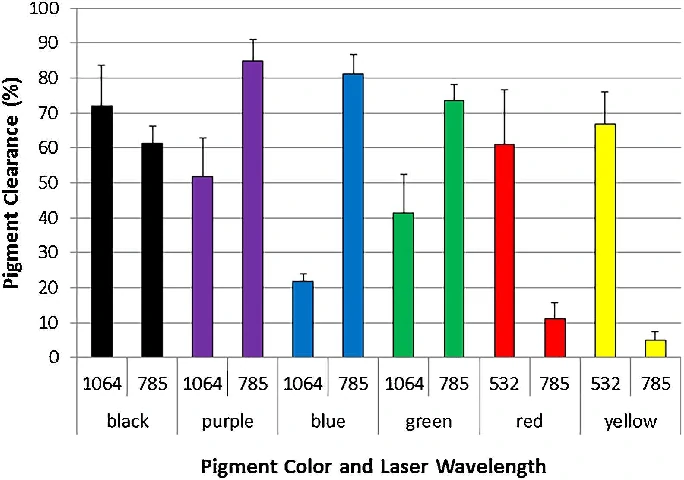
Reference:https://www.researchgate.net/
2. The Technician’s Skill and Experience
The best laser in the world is only as good as the person operating it. A certified and experienced technician knows how to:
- Correctly assess your skin type (using the Fitzpatrick scale).
- Identify the type and depth of your tattoo ink.
- Select the correct wavelength and energy settings.
- Determine the appropriate treatment schedule to allow for proper healing.
3. Your Body & The Tattoo Itself
Certain individual factors can influence the outcome:
- Skin Tone: Darker skin tones have more melanin, which can absorb laser energy, slightly increasing the risk of pigmentation changes or scarring if not treated by a skilled technician with the right equipment.
- Tattoo Location: Areas with thinner skin (like ankles or wrists) are more delicate.
- Overall Health: A strong immune system will clear shattered ink particles more efficiently.
- The Tattoo: Professionally applied tattoos are often easier to remove than amateur ones because the ink is more evenly distributed.
4. Strict and Proper Aftercare
What you do after you leave the clinic is just as important as the treatment itself. Your technician will provide specific instructions, which you must follow diligently to prevent infection and scarring.
- Keep the treated area clean and dry for the first 24-48 hours.
- Apply any recommended antibiotic or healing ointment.
- Avoid sun exposure: UV rays can cause pigmentation issues on healing skin. Use a high-SPF sunscreen.
- Do not pick or scratch: any scabs or blisters that may form. This is a primary cause of scarring.
- Avoid soaking in hot tubs, pools, or baths until the skin is fully healed.
Frequently Asked Questions (FAQ)
Q1: Is laser tattoo removal painful?
Most patients describe the sensation as similar to a rubber band snapping against the skin. It can be uncomfortable, but it’s generally tolerable. Clinics often use skin-numbing creams or cooling devices to maximize comfort.
Q2: How many sessions will I need?
This varies greatly depending on the tattoo’s size, color, age, and your skin type. On average, professional tattoos require 6-12 sessions, spaced 6-8 weeks apart.
Q3: Can all tattoo colors be removed?
Modern lasers with multiple wavelengths can remove most colors effectively. Black is the easiest to remove, while colors like green, blue, and yellow can be more stubborn. White and flesh-toned inks are the most difficult.
Q4: What’s the difference between Picosecond and Q-switched lasers?
Both are effective, but Picosecond is the newer, more advanced technology. Its ultra-short pulses create more of a shockwave effect to shatter ink, using less heat. This often leads to faster clearance, fewer sessions, and an even lower risk of side effects, making it the gold standard for safe tattoo removal. You can learn more about this on our laser technology blog.
Conclusion: The Verdict on Tattoo Removal and Scars
So, does tattoo removal leave scars? In 2025, the answer is overwhelmingly no—provided it’s done right. Scarring is not an inevitable consequence but a preventable complication.
Your final scar-free result stands on three pillars:
- Advanced Technology: A high-quality, professional-grade Picosecond laser system.
- Expert Technician: A skilled operator who prioritizes your skin’s safety.
- Diligent Aftercare: Your own commitment to the healing process.
For Clinic and Salon Professionals:
If you are a professional dedicated to offering your clients the safest, most effective tattoo removal services, upgrading your technology is the most critical step. Elevate your practice and ensure superior, scar-free results.
Explore Tingmay’s professional laser tattoo removal systems here or contact our team for a professional consultation.
For Individuals Seeking Treatment:
When choosing a provider, empower yourself with knowledge. Always ask what kind of technology they use. Your skin deserves the best and safest treatment available.

